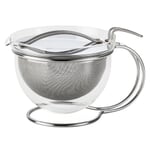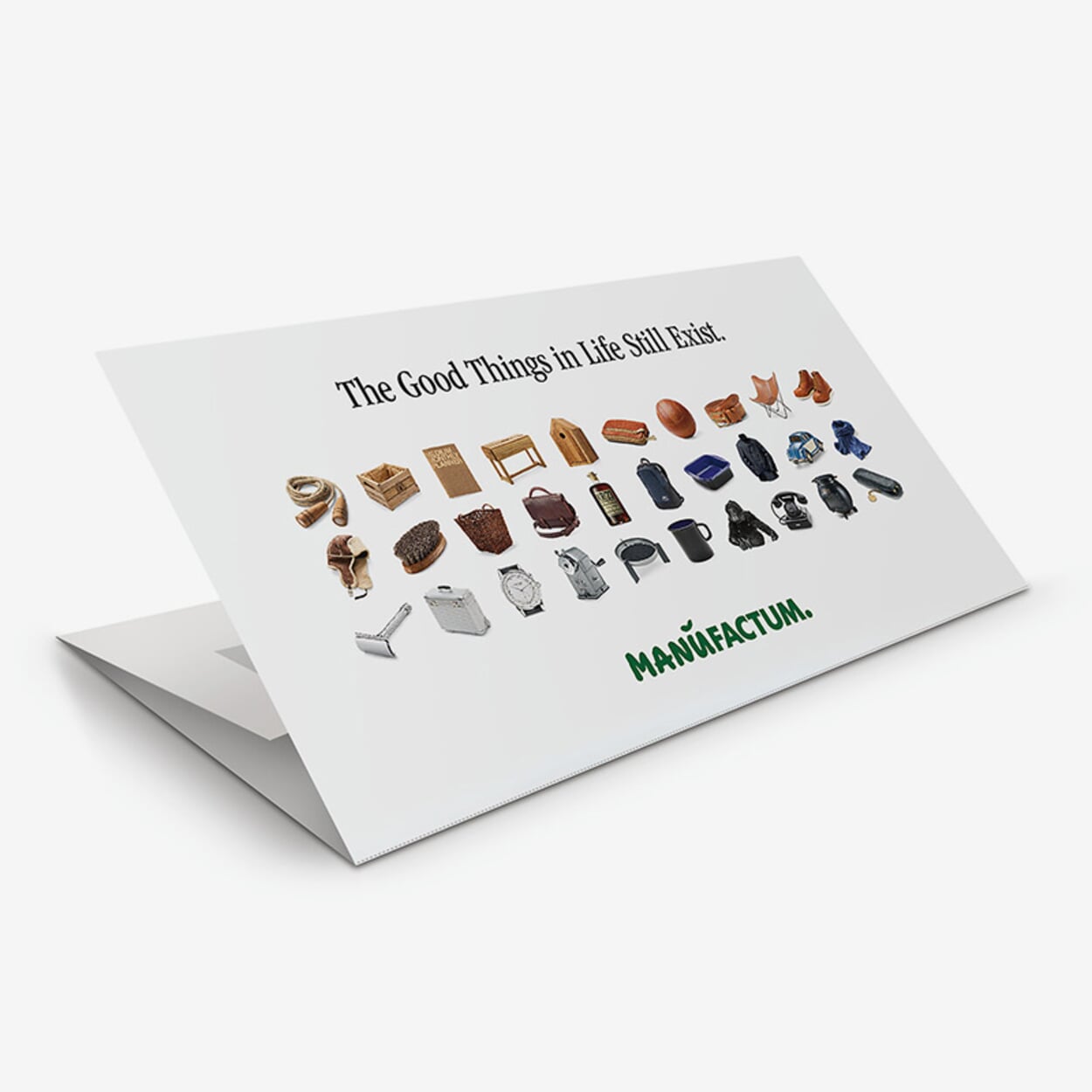Filio teapot

Filio teapot
- Form follows function: Design Tassilo von Grolman
- Full aroma development: the tea steeped "free floating"
- Heat resistant: Borosilicate glass hemisphere
General Information
Filio teapot: free-floating tea
The teapot by designer Tassilo von Grolman is striking proof of a design that is undisputed in terms of design, in which the form does justice to the purpose in an astonishing way. The teapot itself, in the shape of a large hemisphere made of heat-resistant borosilicate glass, and a tea strainer that takes up the entire volume of the teapot ensure that the tea and its active ingredients can unfold completely when brewing - because it "floats freely", so to speak. The glass jug with removable lid is suspended in a metal frame, which also serves as a handle and stand. It can be easily removed from the frame for thorough cleaning. Made in Mettmann.
Product information:
Borosilicate glass is odorless and tasteless and suitable for use in the oven and microwave, on the stove, in the refrigerator and dishwasher. (Please follow the manufacturer's care and use instructions).
Product Information
Article Number 47580
- Form follows function: Design Tassilo von Grolman
- Full aroma development: the tea steeped "free floating"
- Heat resistant: Borosilicate glass hemisphere
Rack, lid and sieve made of 18/10 grade stainless steel, hemisphere vessel made of borosilicate glass. Volume 1,2 l. Height 15 cm, Ø 17 cm. Weight 860 g. Candle warmer not included.
Have a question?
If you have a question concerning this product you are welcome to contact us. For this your E-Mail program will open.
Contact Us
For advice, spare parts or special requests - our customer service will take care of your questions and concerns, personally and competently.
You can reach us from Monday to Friday at +49 2309 939095 or anytime at info@manufactum.com
Gift Certificates
It is good for everything: With our PDF gift certificates you can choose from the entire Manufactum selection. Pick a motif which you can send by email or print out and present personally, immediately after submitting your order.
Order now


